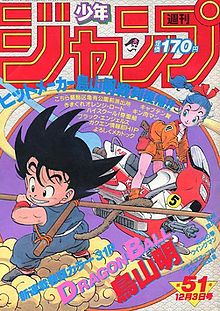Week 14
For Week 14, I read the Team Fortress 2 comics!
Personally, I can say with certainty that these are probably my favorite comics I've read so far in my life. Based off the Team Fortress 2 game, but with a new spin on it, giving it an actual narrative, but keeping the same type of chaotic humor along along makes for an incredible read. The narrative actually manages to pull off some really touching moments considering the source material is nine insane mercenaries killing each other in the New Mexico desert over some dirt.
Interestingly enough, the comic is all drawn and mainly written by Jay Pinkerton. She's an incredible artist to say the least, but she got her job making these comics after she made a fan made character design for the announcer in the game, and the creators at Valve (the company that made the game) loved it so much they bought it off of her and hired her to make the comics as well as other promotional material for the game. Since then she has also worked on other comics such as the Legend of Korra comics and is very successful.
This all being said, its very clear that Jay Pinkerton adores old comics. If you haven't noticed from the first picture, the cover of that issue is a homage to the Death of Supergirl cover. And every cover for each issue shows homage to another classic superhero comic cover. (As well as the appearance of some panels being references as well, such as Batman's Death in the Family panel that makes an appearance) Just for some quick examples:
But one of my favorite parts of the comics is how the adapt to the medium of web comics. Pinkerton makes sure to use the medium to show the story in ways that physical comics just can't. The progressions from panel to panel are unique and interesting and make for a engaging experience.
Just look at these two pages above! Just this one progression says so much without actually having to write anything out! And just clicking to the next page and just having the page go mostly dark is such a striking visual difference.
I've went on about the comic enough, but if you think you'd enjoy this sort of silly comic, then I highly suggest reading them. They are incredibly funny, and I'm more than happy that I chose to read them.
Read them here!







































